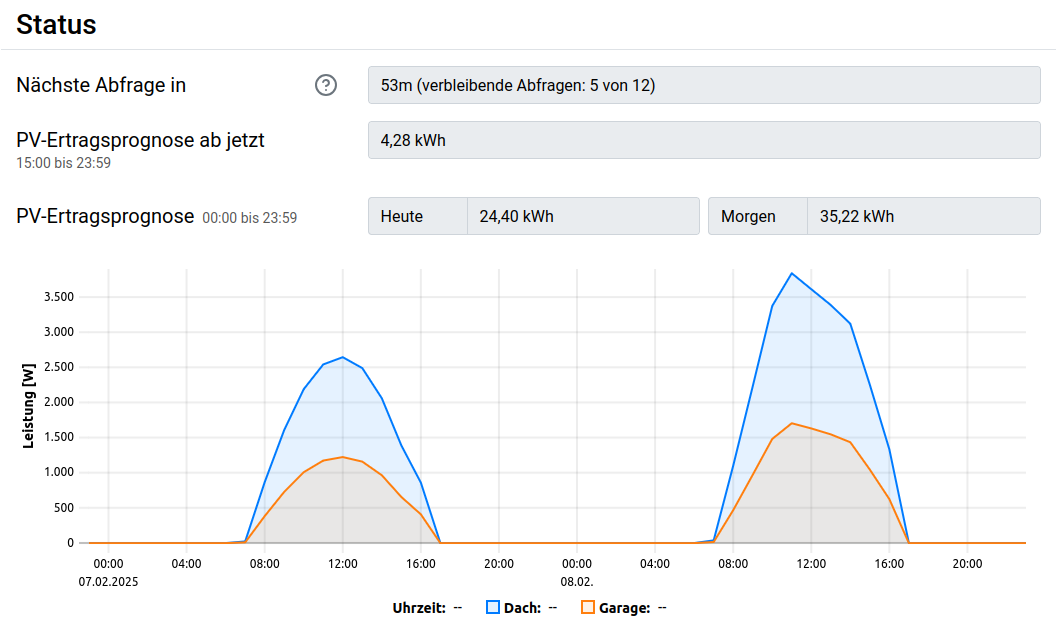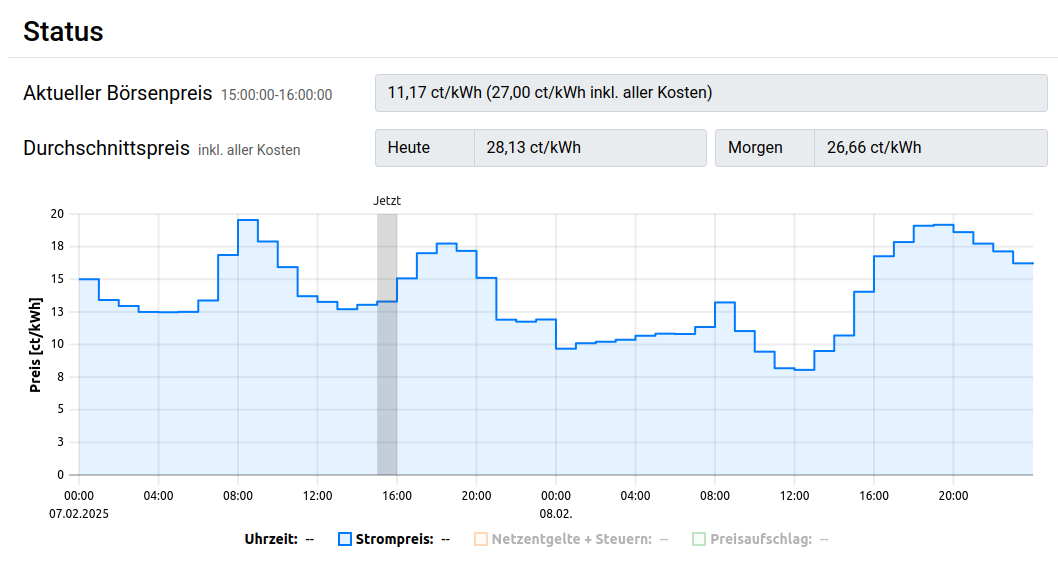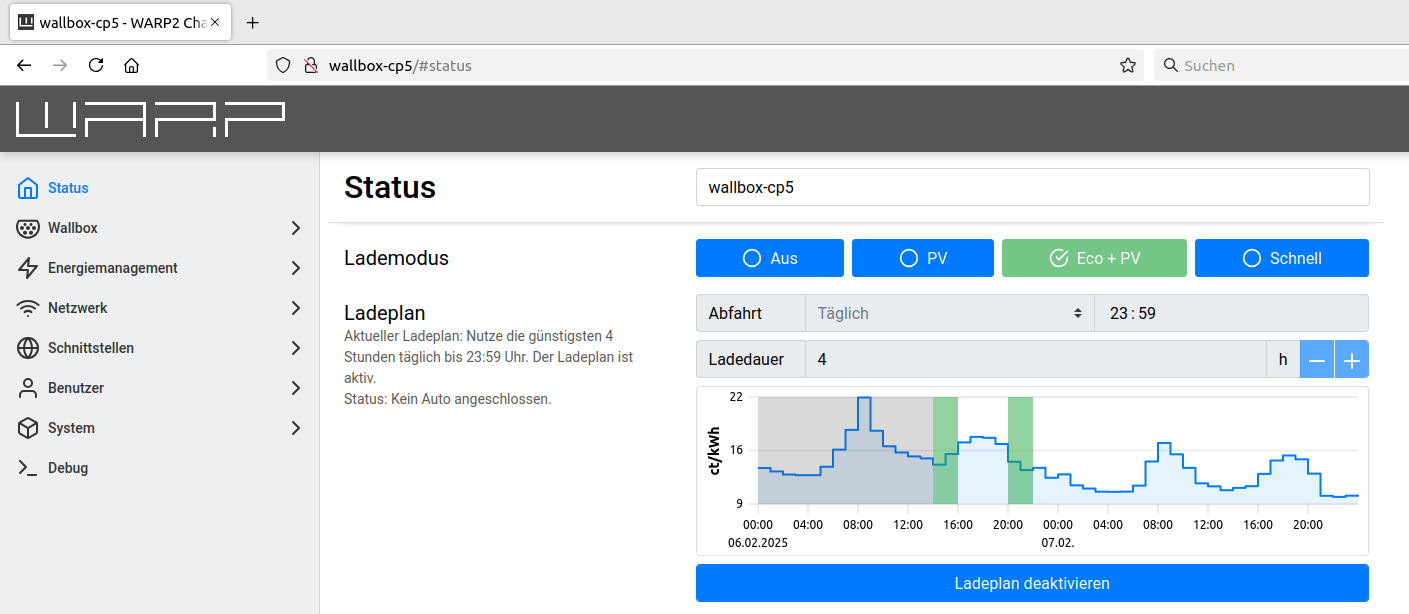For a long time, it has been quiet here on this blog... However, a lot has happened since the last post in August 2024. Most of the news concerns our WARP3 Chargers. A total of eleven software updates have been released for the WARP3 Charger since then, introducing the following new features:
Release of Remote Access
With this feature, access to the local web interface of the wallbox via the internet through my.warp-charger.com is possible. Unlike other solutions, communication does not go through the "cloud." Instead, communication happens directly between the browser and the wallbox. More information on this can be found on Tinkerunity. In the latest version, up to five remote access users are possible.
iOS and Android Apps
The apps for iOS and Android have been available in beta since the end of last year. Technically, the apps use our remote access. Anyone who wants to participate in testing is welcome to do so. The description for this can be found in the forum. For everyone else, it shouldn’t take too long until we officially release the apps in the respective stores.
Dynamic Load Management
We really didn’t make it easy for ourselves when developing the dynamic load management system. That’s why we are even prouder of the result! In the latest version, the load management supports a network of up to 64 wallboxes, considering fairness (all vehicles will be charged), minimizing switching operations, phase rotations, the charging behavior of vehicles (1ph vs. 3ph, etc.), and much more.
PV Surplus Charging
Now more than one wallbox is supported. If a battery storage system is available and can be read, it is incorporated into the regulation.
Expansion of Compatible Electricity Meters/Inverters
We try to make our devices compatible with as many third-party devices as possible. The idea behind this is that the wallbox can access already existing electricity meters, PV inverters, or battery storage systems. Fortunately, many manufacturers offer standardized interfaces like SunSpec or Modbus TCP. Unfortunately, experience has shown that the effort is much greater than we initially thought, as standards are sometimes "freely interpreted" or simply implemented incorrectly. In the simplest case, this concerns reversed signs. In more complicated cases, there are issues with incorrect data types, framed data, rotating IDs, and so on.
PV Yield Forecast

Currently, up to six roof surfaces with different orientations, etc., can be set up to retrieve PV yield forecast data for the upcoming day through the service api.forecast.solar. These data can be used by the Eco mode.
Dynamic Electricity Prices

The number of providers for dynamic electricity tariffs is increasing daily. To support all providers, we have implemented a fully configurable solution. The electricity generation costs, which are identical nationwide, are sourced from the ENTSO-E electricity exchange. Grid fees, taxes, price surcharges, etc., can be flexibly defined depending on the provider. Thus, any dynamic electricity tariff can be configured.
Eco Mode

With the Eco Mode, we offer a new charging mode for electric vehicles. The goal is to charge a vehicle using PV surplus until a specified departure time. If the system detects that the expected PV yields are too low, the cheapest hours of a dynamic electricity tariff are used for charging. Depending on settings and departure times, the PV surplus can be fully utilized automatically in the summer. In winter, with low PV yields, inexpensive electricity costs are used.

